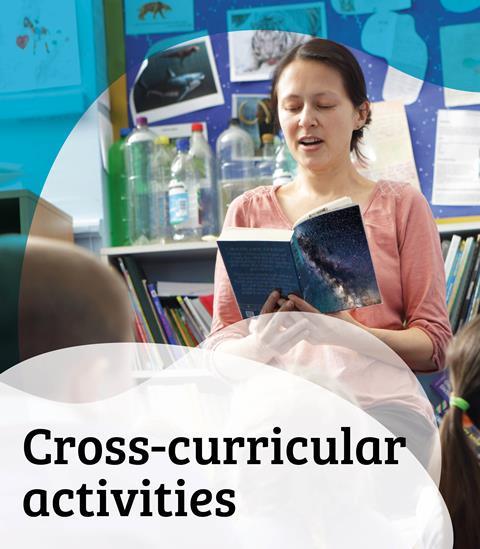The ‘rocks and soils’ chapter from That’s Chemistry! This chapter looks at key ideas and activities that can be used to help students learn that different types of rocks and soils have different properties
These PDFs have been taken from the popular book, That’s Chemistry! compiled by Jan Rees.
This book covers key ideas of physical science that primary students learn about, as well as giving numerous suggestions of activities, demonstrations and investigations that can be used to enhance students’ learning.
If you teach primary science, see the headings below to find out how to use this resource:
Skill development
Children will develop their working scientifically skills by:
- Asking their own questions about scientific phenomena.
- Selecting and planning the most appropriate ways to answer science questions, including:
- Finding things out using a wide range of secondary sources of information.
- Grouping and classifying things.
- Carrying out comparative and fair tests.
- Recording data and results using scientific diagrams and labels, classification keys, tables, scatter graphs, bar and line graphs.
- Drawing conclusions and raising further questions that could be investigated, based on their data and observations.
- Using appropriate scientific language and ideas to explain, evaluate and communicate their methods and findings.
Learning outcomes
Children will:
Compare and group together different kinds of rocks on the basis of their appearance and simple physical properties.
Recognise that soils are made from rocks and organic matter.
Concepts supported
Children will learn:
- How metamorphic, igneous and sedimentary rocks are formed.
- That the different types of rocks have different properties, in part because of how they are formed.
- That rocks can be sorted and classified according to their properties and characteristics.
- What is meant by the term ‘erosion’.
Suggested activity use
This resource provides a useful long-term planning tool you can use to map out different activities to help children develop their understanding of rocks and soils, and their properties. The resource provides practical experiences for children to embed their knowledge and understanding.
The concept cartoons provide an opportunity for children to reason and discuss their ideas, using either prior knowledge or knowledge gained from throughout the topic.
Practical considerations
You will need to be clear about which experiments and tests you are going to use and what specific learning you want children to gain as a result of doing them.
The different activities will require different resources and equipment, which will need to be sourced prior to the lesson.
Downloads
Rocks and soils
Tutorial | PDF, Size 13.18 mbBibliography and teachers resources
Tutorial | PDF, Size 2.53 mbConcept cartoons on materials and their properties
Tutorial | PDF, Size 0.67 mb
Websites
Additional information
That’s Chemistry!

Discover the informative chapters of That’s Chemistry! Each chapter explains a chemistry concept and gives numerous ideas for activites to support students’ learning.
- 1
- 2
- 3
- 4
- 5
 Currently
reading
Currently
reading
Rocks and soils
- 7
- 8
- 9
- 10
- 11
- 12
- 13





































No comments yet